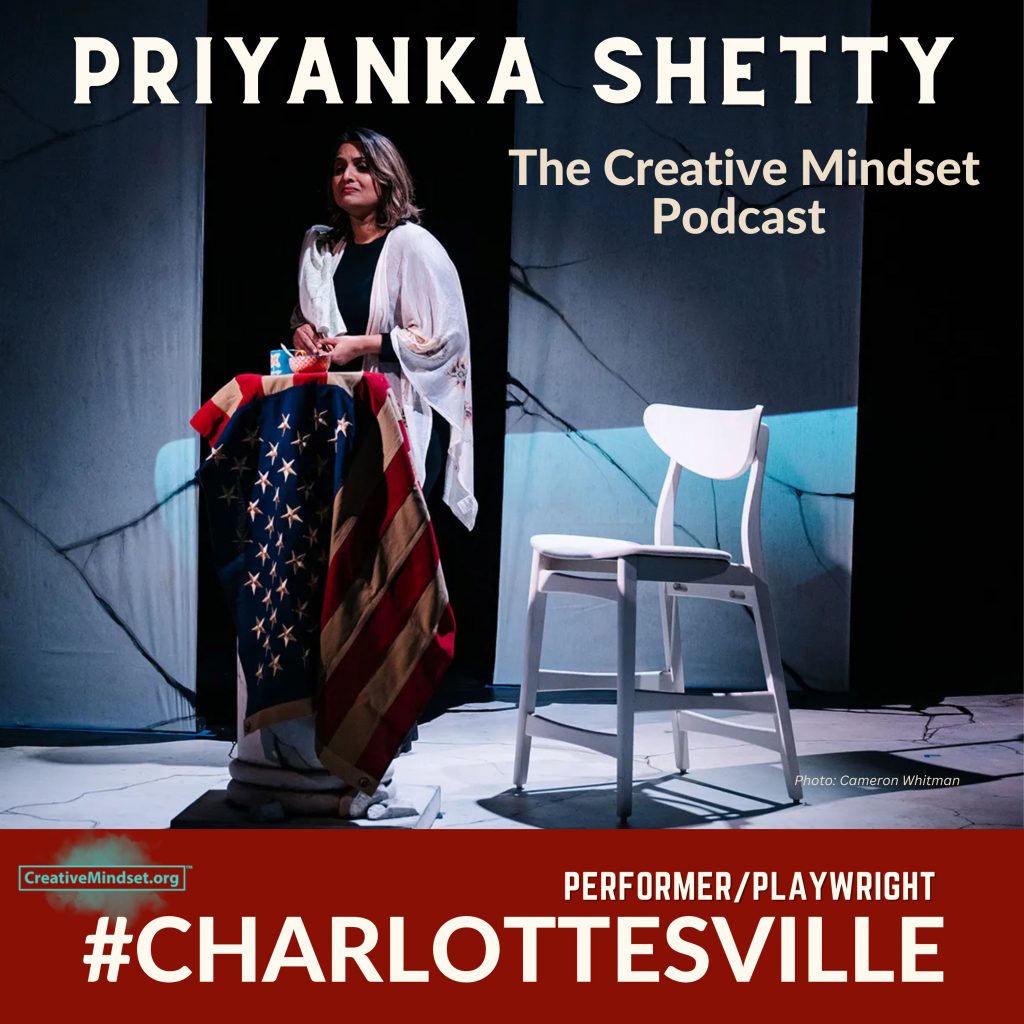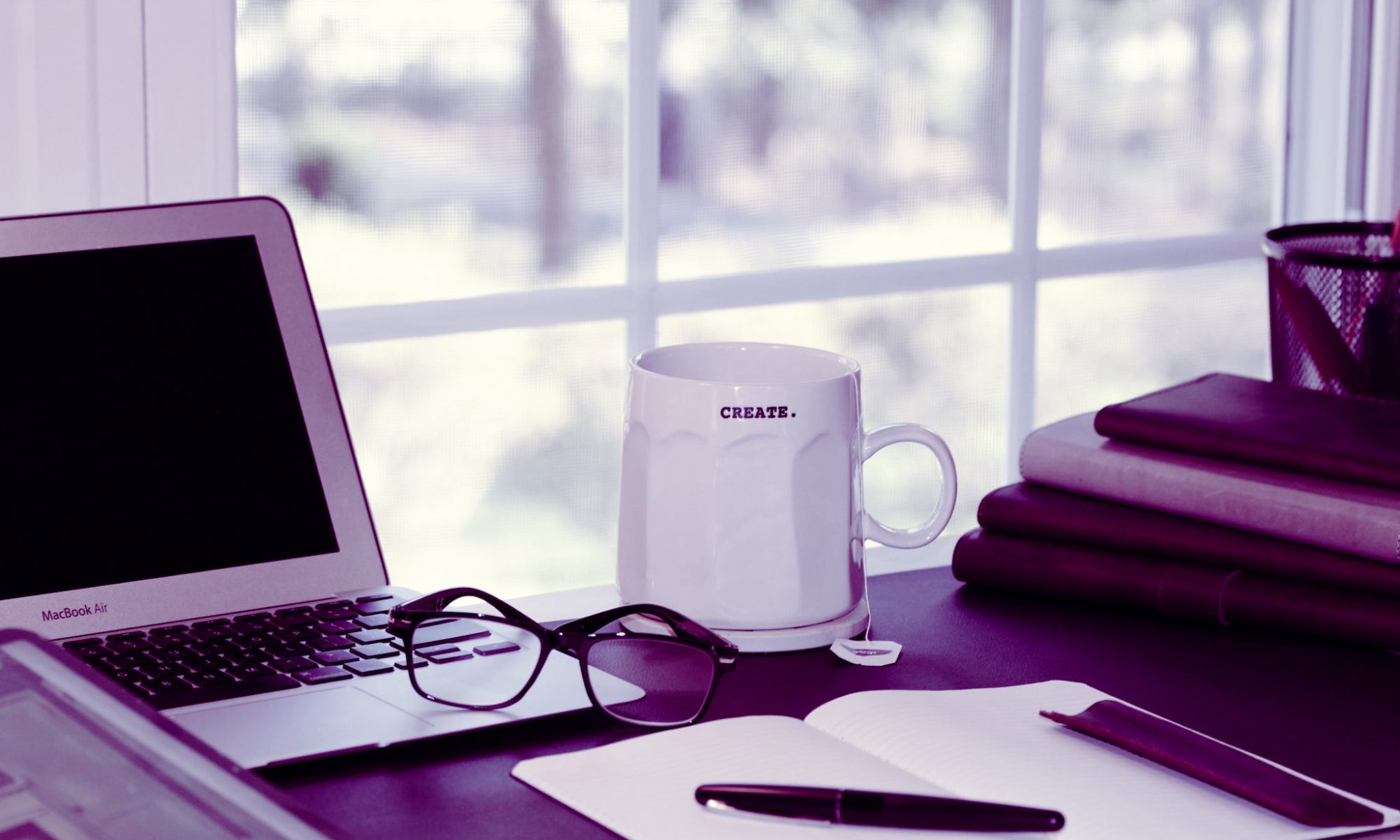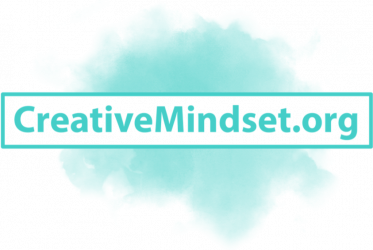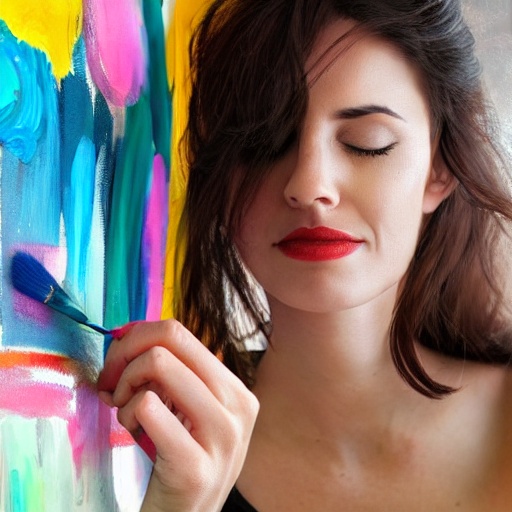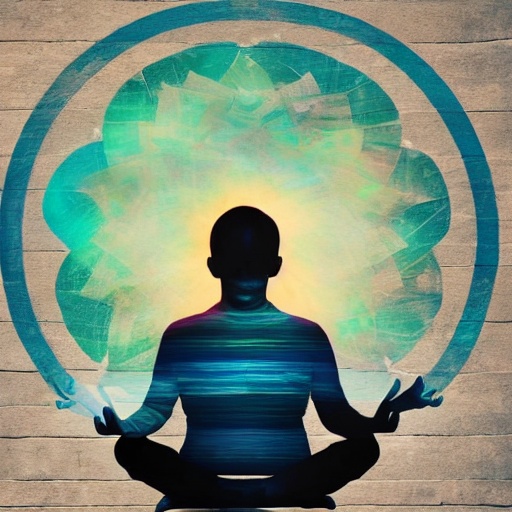
As a creative individual, you understand the value of cultivating a rich and expansive mind. However, it can be a challenge to tap into your own creativity on demand, and you may find yourself feeling stuck or burnt out. One way to overcome these roadblocks and boost your creativity is through the practice of mindfulness.
What exactly is mindfulness, and how does it relate to creativity?
Mindfulness is a form of meditation that involves paying attention to the present moment, without judgment. It helps to quiet the constant chatter of our minds and become more aware of our thoughts and feelings.
While mindfulness is something each of us naturally possess, it’s more readily available to us when we practice it on a daily basis. Bringing awareness to what you’re experiencing via your senses, or to your state of mind via your thoughts and emotions means you’re being mindful.
There’s growing research that shows that when you train your brain to be mindful, you’re actually remodeling the structure of your brain. You can essentially wake up to the inner workings of your emotional, mental, and physical processes.
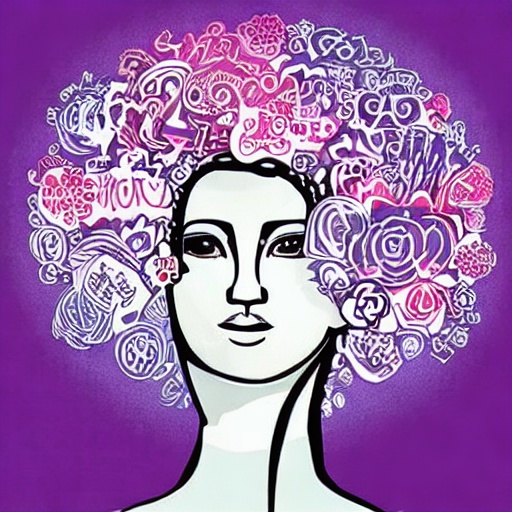
Mindfulness can also have a positive impact on our creativity. Here are a few ways:
-
- Mindfulness helps us to become more aware of our thoughts and feelings. When we are more aware of our emotional state, we are able to identify limiting beliefs and negative self-talk more efficiently. These negative emotions and thoughts may be holding us back without us even realizing it. By becoming more aware of these patterns, we can start to shift our focus to more positive and empowering thoughts.
- Mindfulness helps us to focus and concentrate. When we are able to quiet the chatter in our minds, we are able to focus on the task or problem at hand. This heightened state of focus can help us to generate innovative ideas and come up with creative solutions.
- Becoming more open and receptive to new experiences and information is a positive impact of mindfulness. By training our minds to be present and open, we are able to observe and learn from the world around us. This leads to a wider range of experiences and ideas to draw from, which can fuel our creativity.
The relationship between creativity and mindfulness goes beyond just the individual.
Mindfulness can be beneficial in a group setting, for example a brainstorming session or a team meeting. By creating a mindful environment, team members are more likely to feel heard and respected, which can lead to more open and creative discussions. This often leads to a positive work environment, more productivity, and great creative outlets.
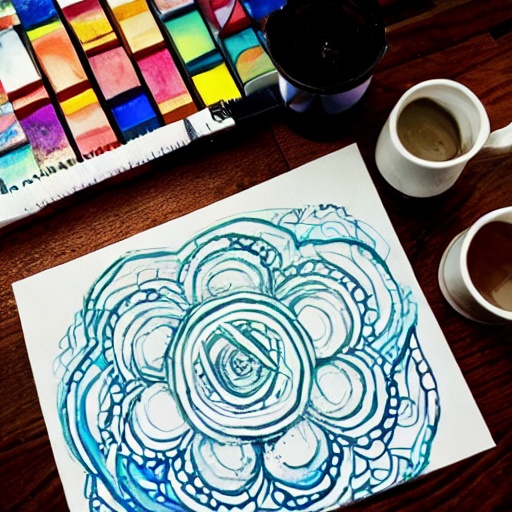
How can you begin incorporating mindfulness into your creative process? Let’s talk about the steps you can take…
-
- Find a quiet, comfortable space where you can sit or lie down to relax. You can close your eyes or gaze softly at a spot in front of you.
- Take a few deep breaths and focus on the sensation of the air moving in and out of your lungs.
- Observe the present moment. The main goal of mindfulness is not to completely quiet the mind, or to achieve a state of calm. Instead, the goal is simple, the aim is to pay attention to the present moment, without judgment. This is easier said than done.
- Let your judgments roll on by. If you notice judgments arise during your practice, make a mental note, and then let them pass.
- If you find your mind wandering, that’s okay. Don’t judge yourself for whatever thoughts pop up, just practice recognizing when your mind has wandered off, and gently bring it back to the present. Simply acknowledge the thought and gently bring your focus back to your breath.
- Practice for at least 5-10 minutes a day, gradually increasing the amount of time as you become more comfortable with the mindfulness practice.
By incorporating mindfulness into your daily routine, you can see an improvement in your creativity and overall well-being. Why not give it a try and see how it enhances your creative process and daily life? Let’s be mindful together!
Facebook
Twitter
LinkedIn
